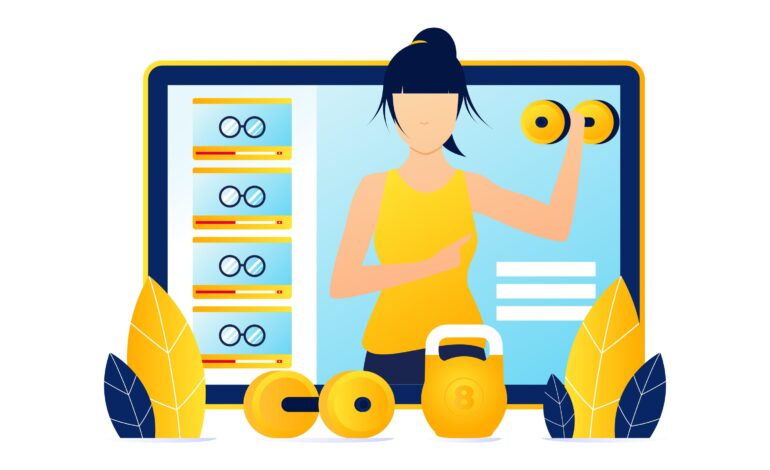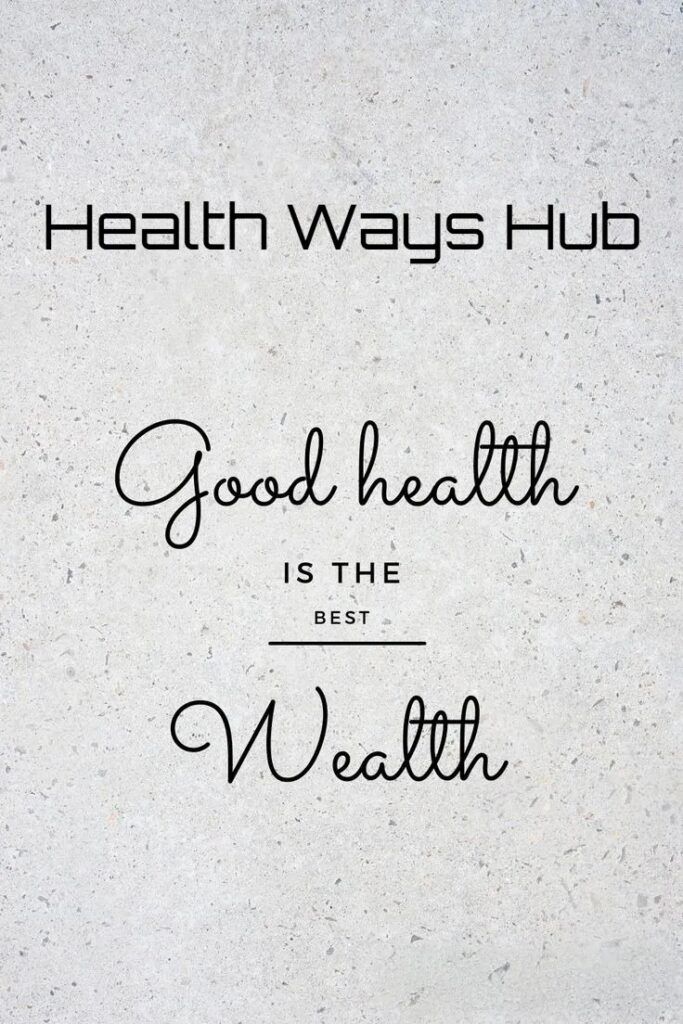
Negative Effects of Technology on Physical Health
The relationship between the body and the mind is an intriguing and intricate one that demonstrates how much our mental or emotional states have an impact on our physical health. The interrelation between them has been known for ages, yet modern research always shows us how powerful the thoughts we think, emotions we feel, and stress levels we experience can be on our bodies. Let’s wade into this issue and discover the ways in which caring for it can improve our health.
What Is the Mind-Body Connection?
At the base level the mind-body connection means that states of the mind such as thoughts, beliefs and emotions impact physical health in several ways. The correlation relies on a presumption that the mental process can be the cause of physiological responses, which is the initial of indication of the impact can run the gamut of the immune system to the pain perception. For example, stress and anxiety could manifest in ways such as stiffness in the muscle bands of the body, stomach issues, and chronic pain.
The Science Behind the Connection
Studies in areas such as psychology, neurology, and medicine demonstrate that the mind and body are actually closely related rather than two separate things. Our bodies react to stress by releasing hormones like cortisol and adrenaline that prepare us for either a fight or a flight response. Although this response is the one that is going to act positively to the right extent in the beginning, in the long run, it can lead to various health issues, like hypertension, heart disease, and weakened immune function.
On the other hand, good mental attitudes like ecstasy, satisfaction, and ease help in the cure process and the production of all well-being in total. Researchers have pointed out that people who have a positive attitude tend to not have levels of inflammation and they also have a good circulatory system.
Techniques to Enhance the Mind-Body Connection
Mindfulness and Meditation: Practicing mindfulness entails giving attention to the here and now with no evaluation of what is happening. A number of methods such as meditation have the potential to be a great addition to one’s life in the way of living in harmony as it not only can aid in lessening of stress but also improvement of emotional regulation and increase self-awareness, all of which are key factors in better physical health.
Yoga and Tai Chi: These are two very old practices that are a mixture of moving with breath control and meditation. The practices are also aimed to flex and strengthen the muscles, keep your balance, whilst empowering mental calming as well. Regular participation is known to reduce stress and improve both physical and mental health.
Breathwork: Controlled and deep breaths intentionally make the vessels shrink, thereby diverting blood to vessels at body’s periphery, rendering the relaxation response active, thereby stress and anxieties are minimized. Breathing for your diaphragm eventually leads to you finding glee and being less tensed.
Expressive Arts: The utilization of art can be used therapeutically by finishing creations such as drawings, poems, or plays to release sharp or pent-up feelings. The usage of which can be a conduit to the processing of your emotions and to lower your stress level, which is in turn beneficial for you physically.
Technology has become ubiquitous in the last few years and as such it has now become omnipresent in our daily lives, hence the other names we have come across Technology has become an omnipresent feature in most of our daily life aspects. . How we eat, work, and interact have all been transformed. Technology can help us in many ways but it can also damage our physical health. Let’s see what kind of health problems are connected to the use of technology.
Sitting long hours in front of gadgets: Without a doubt, technology can be seen as one of the leading promoters of sedentary behavior. With the growing popularity of video games, streaming, and remote work, many people have to sit for hours on end. This kind of immobility can cause obesity, heart diseases, and other serious health problems.
Issues with body posture and Ergonomics: Along with the continued usage of tablets and mobile phones, the development of bad posture can also be a result of musculoskeletal disorders, including back pain, neck pain, and repetitive strain injuries. To lawful reduction of risk, regard ergonomics as the leading guide for any employee even still it is one of the determinants for the safety of each employee.
Sleep Disruption: The blue ray that comes out of screen is hard to keep out of the way of you, was the sentence. Still, many people are reporting to find it nearly impossible to stope their Internet activity, a multitude of people now engaged in different things at bedtime depriving them of the required rest and other related health problems such as fatigue, decreased cognitive function and others are just but a few to name.
Mindfulness: Increasing time over a limit, as well as SNS addiction, are the driving factors for people to suffer from depression in the neonatal period. The need of SNS users and internet where they can be compared to other individuals and an obligation to be present always in SNS can lead to the deterioration of mental health, which in turn may lead to physical health deterioration.
Overreliance on Technology: Often times, we tend to believe that technology solves all problems. However, some people, the phenomenon of tubif cell phone addiction occurs, which results in a decrease in their supply while leading them into problems with they are not there. The shadow of this kind of being is that it blocks the motivational potential and reflexiveness in relation to physical activity.


Striking a Balance
Technology which is a double-edged sword is meant to be used with balancing benefits and drawbacks. Here are some strategies to consider:
Set Limits on Screen Time: Designate specific times for using devices and take regular breaks to stand up and move around. By this way, you can also undertake measures against sitting still and consequently, raise up your well-being.
Prioritize Physical Activity: Draw exercise into your daily schedule by whether following a system of workouts or by choosing less time-consuming activities like walking or stretching. Aim for at least 150 minutes of moderate-intensity exercise each week.
Practice Good Ergonomics: Make sure your desk is set in such a way as to ensure good posture. For this use ergonomic chairs, set your computer screen so that it is as high as your eyes are and stretch occasionally.
Disconnect Before Bedtime: Implement a no-tech bedtime schedule for sleep quality improvement. Enjoy reading a book or relaxation techniques instead of being with your phone.
Stay Mindful: Be mindful of the effects technology has on your body and mind. Regularly revaluate your behaviors and make relevant adjustments to develop a healthier lifestyle.
Conclusion
Humanity can not deny that technology impacts more and more lives physically in both positive and negative ways. Using the advantages to their utmost and being people that protect themselves from adverse aspects, we can cleanse the digital world from dangerous technology. Ultimately, these tools need to be seen as ways for us to enhance our wellness and exercise and for us to live balanced lives that are both mentally and physically healthy.





